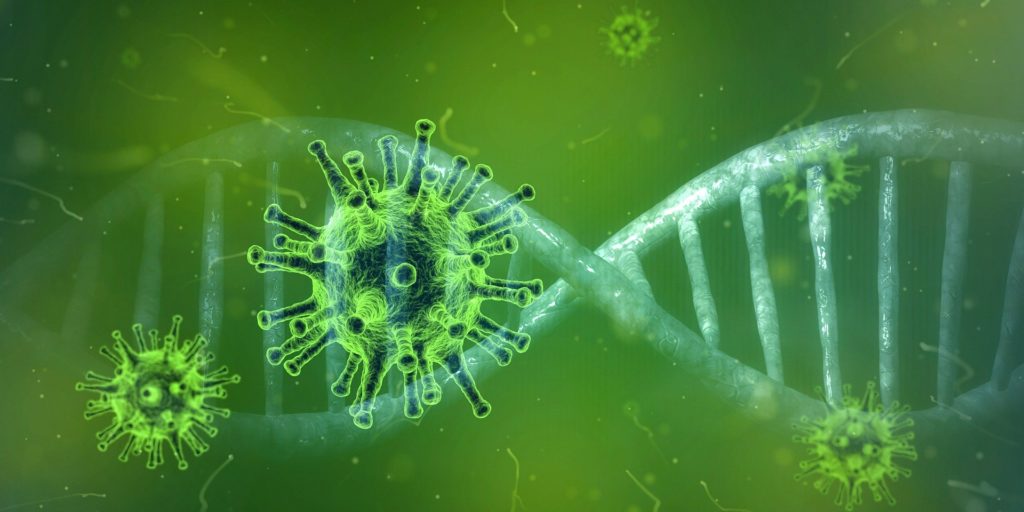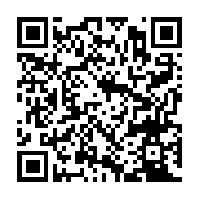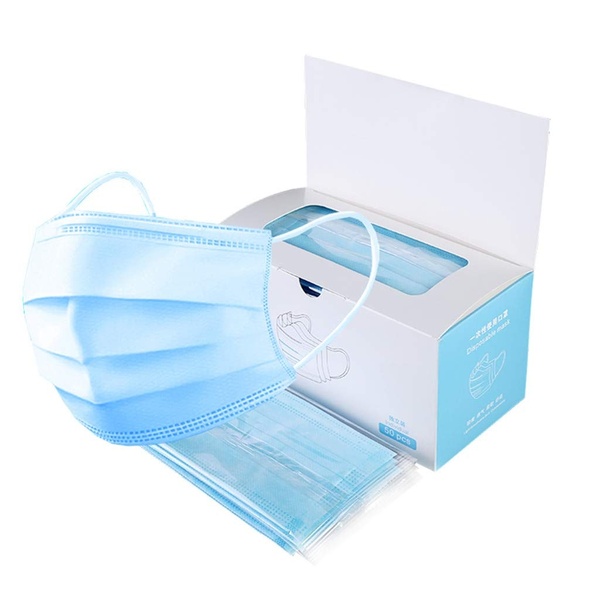If you’ve seen the news or even just been outside over the last couple months you’ve hear something about the coronavirus or COVID-19.

There are now cases being reported in the United States making education and preparedness extremely important.
The CDC is always a great source of information and they currently have a section of their website dedicated to COVID-19 found here: https://www.cdc.gov/coronavirus/2019-ncov/about/

We’ve read over the information on the CDC website and have compiled the basics of of the virus’s spread, symptoms, and prevention.
The information below is also available for download as a PDF or scan this QR code to access the same file with your smart phone.
How the Virus is Spread
- Between people who are in close contact with one another (within about 6 feet)
- Via respiratory droplets produced when an infected person coughs or sneezes.
- Contact with infected surfaces or objects (this is not thought to be the main way the virus spreads)
People are thought to be most contagious when they are most symptomatic (the sickest).
Symptoms of Coronavirus
For confirmed coronavirus disease 2019 (COVID-19) cases, reported illnesses have ranged from mild symptoms to severe illness and death. Symptoms can include:
- Fever
- Cough
- Shortness of breath
CDC believes at this time that symptoms of COVID-19 may appear in as few as 2 days or as long as 14 days after exposure.
Prevention

Recommended everyday preventive actions to help prevent the spread of respiratory diseases:
- Avoid close contact with people who are sick.
- Avoid touching your eyes, nose, and mouth.
- Stay home when you are sick.
- Cover your cough or sneeze with a tissue, then throw the tissue in the trash.
- Clean and disinfect frequently touched objects and surfaces using a regular household cleaning spray or wipe.
- Follow CDC’s recommendations for using a
facemask.
- CDC does not recommend that people who are well wear a facemask to protect themselves from respiratory diseases, including COVID-19.
- Facemasks should be used by people who show symptoms of COVID-19 to help prevent the spread of the disease to others.
- Wash your hands often with soap and water for at
least 20 seconds, especially after going to the bathroom; before eating; and
after blowing your nose, coughing, or sneezing.
- If soap and water are not readily available, use an alcohol-based hand sanitizer with at least 60% alcohol. Always wash hands with soap and water if hands are visibly dirty.